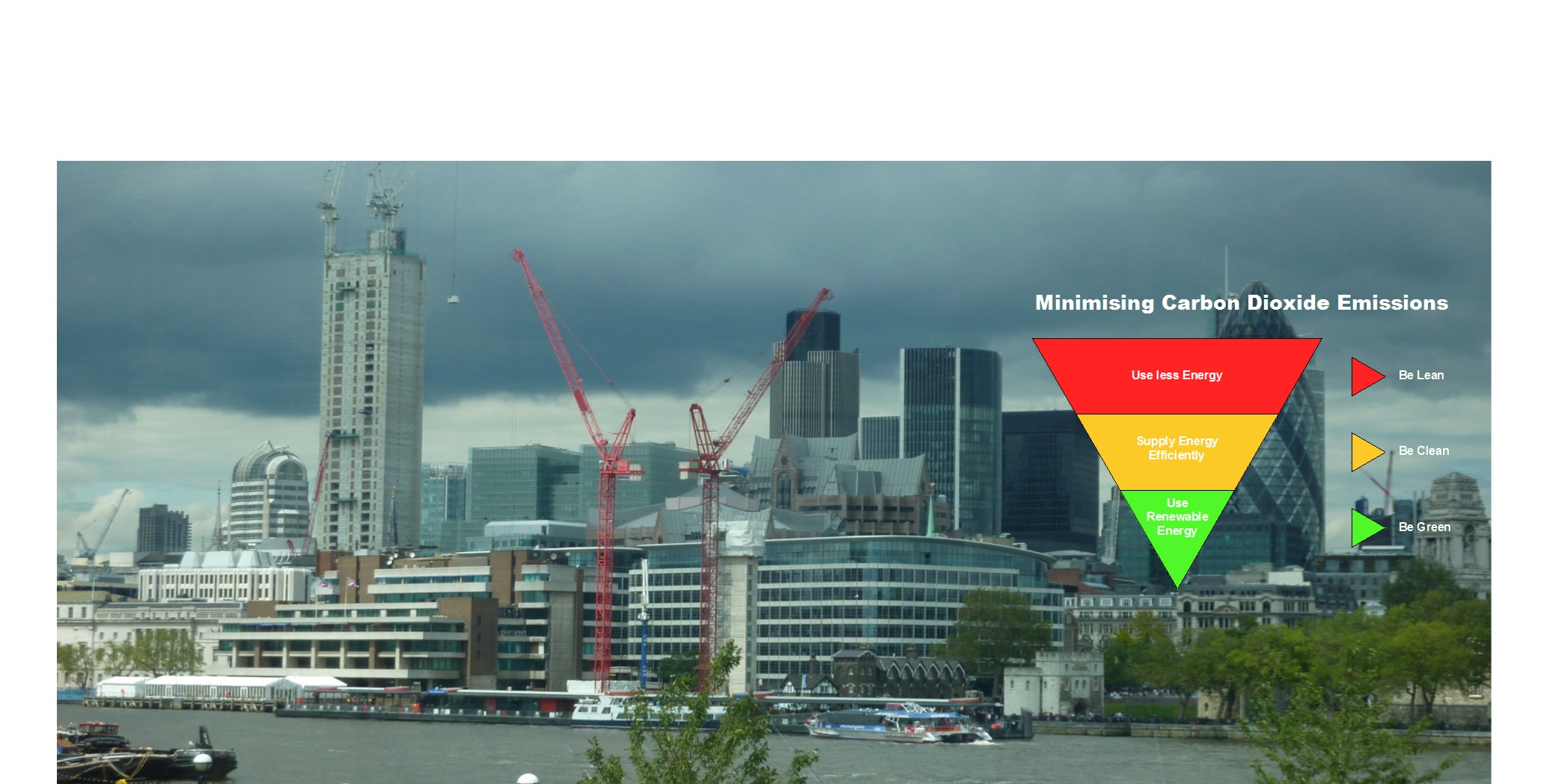‘There is growing scientific consensus that stabilising atmospheric carbon dioxide emissions to levels at or below 450 parts per million is required to avoid catastrophic climate change’
Given the above statement from ‘The London Plan’, many planning authorities now require supporting documentation with a planning application to demonstrate how a proposed development will reduce its carbon emission footprint. Many Authorities have followed the principles set out within chapter 5 of ‘The London Plan’ which basic principles are noted below:
Developments should make the fullest contribution to minimising carbon dioxide emissions in accordance with the following energy hierarchy:
Be lean: use less energy
Be clean: supply energy efficiently
Be green: use renewable energy
Minimum emission targets are also set which varies depending on the authority in question. These targets are usually expressed as minimum improvements over the Target Emission Rate (TER) outlined in the national Building Regulations.
Other requirements include the consideration of decentralised energy where feasible, such as district heating and cooling and combined heat and power (CHP) and the audit of available onsite low and zero carbon technologies.
Gladwood can carry out these planning and renewable statements to demonstrate how a development could generate the carbon savings required. This is carried out in an efficient and cost effective manor for both domestic and commercial developments.


